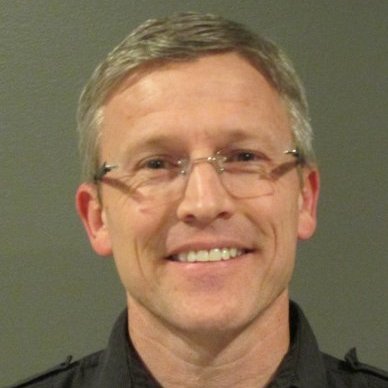Sentry Equipment
World Headquarters
966 Blue Ribbon Circle North
Oconomowoc, WI 53066
+1-262-567-7256
Many plants in various industries include processes where the product stream must be heated, cooled – or both – to facilitate production. These plants often use heat exchangers or sample coolers with recirculating cooling water systems.
Read MoreTopics: Power, Steam & Water
Oversimplifying or ignoring steam and water sampling in combined steam and power plants can lead to significant problems, including operator error, equipment damage, injuries to personnel, and incomplete or inefficient power production. By following these five key sampling locations in your industrial steam system, you can ensure reliable steam production.
Read MoreTopics: Power, Steam & Water
Combined heat and power facilities (CHP), also known as co-generation power plants, create high-pressure steam to generate power and provide process steam. Process plants seek to minimize the use of make-up water by re-using condensate that theoretically should be clean water.
Read MoreTopics: Power, Steam & Water
What does it take to design a practical and reliable steam sampling system? Find out what you need to know to practically implement steam sampling guidelines in your process environment.
Steam sampling is sometimes viewed as a necessary evil in a process plant. However, the absence of steam due to a boiler shutdown makes for a bad day at a refinery, petrochemical or specialty chemical plant. But one size doesn’t fit all, and a number of variables must be considered to design and implement a practical, reliable steam sampling system.
Read MoreTopics: Power, Downstream, Steam & Water
One common petrochemical process is the creation of preproduction plastic pellets, which are raw plastic that is heated and reformed into a wide variety of plastic products. Plastic pellets can range in size from 1 to 5 mm, and they can end up as wraps, sheets, bottles, containers, tubs, furniture, garbage cans or other items of all shapes and sizes.
Read MoreTopics: Downstream
In the petrochemical industry, it often is necessary to ship and store product that would be gaseous at ambient conditions – such as liquefied natural gas (LNG) or liquefied petroleum gas (LPG) – as liquid. The product is stored or transported cold to minimize its volume.
Read MoreTopics: Downstream
A range of petrochemical liquids and gases are stored and transported under high pressure, including liquefied petroleum gas (LPG). LPG is a two-phase liquid – a gas that is pressurized, stored and transported in its liquid phase, with high vapor pressures. Operators and the environment both face risks if unsafe LPG sampling solutions are employed.
Read MoreTopics: Downstream
Running an efficient operation requires analysis of controlled, real-time data obtained through representative sampling within a production environment. This data is needed to provide the critical insights needed to control and optimize processes. Representative sampling is the act of capturing fresh product from the process stream for analysis.
Read MoreTopics: Downstream
966 Blue Ribbon Circle North
Oconomowoc, WI 53066
+1-262-567-72565285 Schurmier Rd.
Houston, TX 77048
+1-713-645-2106